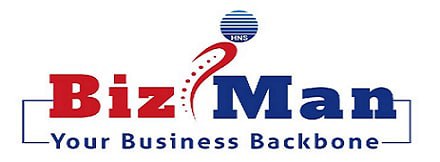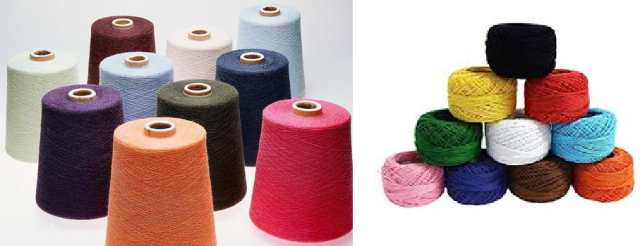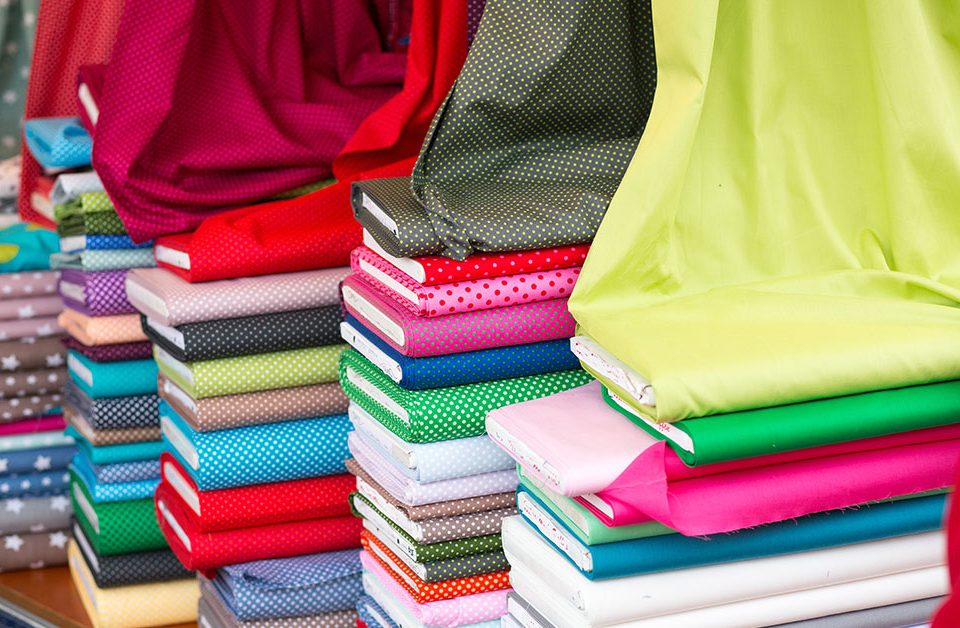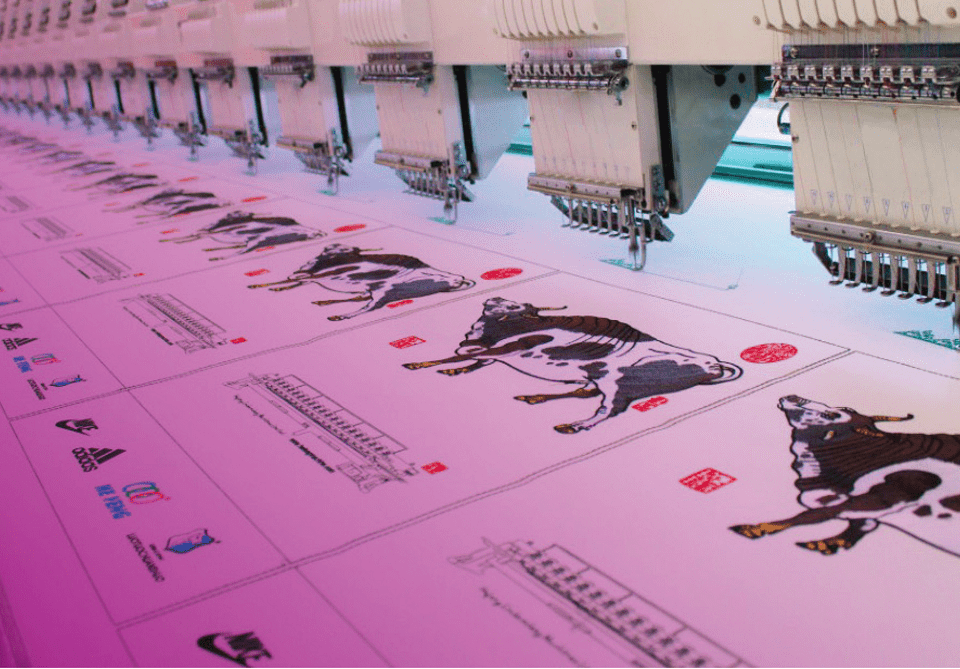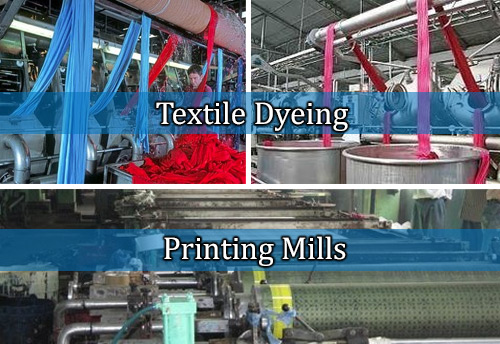ERP at Fabric Manufacturing ( Weaving & Knitting ) – Surat

ERP at Textile Manufacturers / Traders – Surat
November 24, 2022The core of textile manufacture is fabric production.
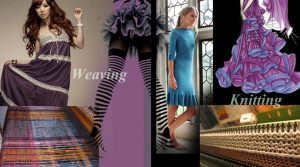
Textile industry encompasses variety of manufacturing processes that are adding value in the fiber.
Textile fibers provided an integral component in modern society and physical structure known for human comfort and sustainability. Man is a friend of fashion in nature. The desire for better garment and apparel resulted in the development of textile fiber production and textile manufacturing process.
The textile manufacturing processes are largely required by the fashion segment in the global textile market. The large amount of textile products, demanded by fashion, accounted for more than 65% of textile product market. Fashion market is followed by technical textiles and household products.
Compound annual growth rate of 4.25% is expected over the years 2018–2025 in the global textile market.
The innovation in textile manufacturing introduced variety in raw materials and manufacturing processes. Therefore, process control to ensure product quality is desired. Monitoring and controlling of process parameters may introduce reduction in waste, costs, and environmental impact.
All the processing stages in textile manufacturing from fiber production to finished fabric are experiencing enhancement in process control and evaluation. It includes textile fiber production and processing through blow room, carding, drawing, and combing; and fabric production including knitted, woven, nonwoven, and subsequent coloration and finishing and apparel manufacturing.

Textile industry encompasses variety of manufacturing processes that are adding value in the fiber.
Textile fibers provided an integral component in modern society and physical structure known for human comfort and sustainability. Man is a friend of fashion in nature. The desire for better garment and apparel resulted in the development of textile fiber production and textile manufacturing process.
The textile manufacturing processes are largely required by the fashion segment in the global textile market. The large amount of textile products, demanded by fashion, accounted for more than 65% of textile product market. Fashion market is followed by technical textiles and household products.
Compound annual growth rate of 4.25% is expected over the years 2018–2025 in the global textile market.
The innovation in textile manufacturing introduced variety in raw materials and manufacturing processes. Therefore, process control to ensure product quality is desired. Monitoring and controlling of process parameters may introduce reduction in waste, costs, and environmental impact.
All the processing stages in textile manufacturing from fiber production to finished fabric are experiencing enhancement in process control and evaluation. It includes textile fiber production and processing through blow room, carding, drawing, and combing; and fabric production including knitted, woven, nonwoven, and subsequent coloration and finishing and apparel manufacturing.
Fabric is probably one of the most essential needs of humans, and it is just sheer beauty in how we convert fiber to fabric. The world consumes about 200 billion new t-shirts every year. Most of the raw material for silk, cotton, or wool essentially comes from either plants or animals, and it is the human mind’s genius to be able to turn it into fine cloth. Textile fabric may be defined as the flexible assembly of fibers or yarns, either natural or manmade. It may be produced by a number of techniques, the most common of which are weaving, knitting, bonding, felting or tufting. Conventional fabrics (woven, knitted) are produced in such a way that the fibers are first converted into yarn and subsequently this yarn is converted into fabric. The fabrics can also be produced directly from the fibers. Such fabrics are termed as nonwovens. Each of these methods is capable of producing a large number of fabric structures, depending upon the raw material, machinery and the process involved. These fabrics are used for a wide range of applications from clothing to the technical purposes. Cotton fabric manufacturing starts with the preparation of the yarn for weaving or knitting.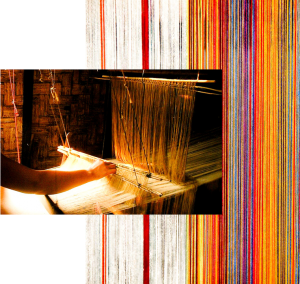
Fabric manufacturing today
It is a process of producing fabric by the interweaving of warp and weft yarn. It is mainly used to make woven fabrics. All Trousers are produced by the process of weaving. There are three basic types of weaving:
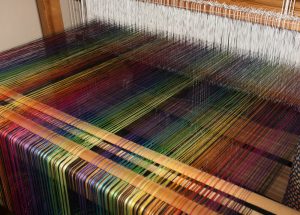
Weaving is the oldest method of making yarn into fabric.
There are two methods used for weaving the yarn:
– In this method of weaving, the yarn is weaved up and down or lengthwise or longitudinal in the body of clothing. It is also called as the warp.
– In this method of weaving, the yarn is weaved across the body of clothing. It is also called as the weft or filling of yarns.Types of Weaving
– In this type of weaving, the yarn is weaved one above the other. This method of weaving is strong, durable and easy to sew. It is the most basic type of weaving used for fashion and furnishing fabrics.
– In this type of weaving, the yarn is passed or glides over one or more yarns in the same direction.
It is a type of diagonal parallel ribs. This method of weaving is durable, more attractive and wrinkle-free.
– It is produced by the interweaving of warp and weft yarn. This type of weaving is characterized by four or more fill to give a smooth, shiny and droppable fabrics.
It is a process of producing fabric by the joining or interlinking of loops of one set of yarn. Different fabrics including the T-shirts, Sweaters, coats, shawls are all produced by the process of Knitting. Knitted fabrics are very popular and can be very easily produced either from the yarn or any other fibres including cotton, nylon, woollen and the polyester. There are different types of knitting techniques and are produced both by computerized and machine-based knitting. ↓ ↓ ↓ ↓ ↓ ↓ ↓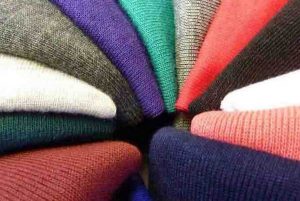
Knitting is a method of constructing fabric by using a series of needles to interlock loops of yarn
The process of knitting is given below :
The yarn package is placed in the creel.
↓
Yarn feeding
Set the design
Knitting
The rolled fabric is withdrawn and weighed
Mark the roll
Inspect
Number
Dispatch
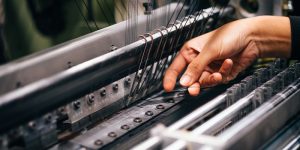
Key Challenges Faced by Fabric Manufacturers :
Shortage in supply of raw material:
Increase in cost of raw material:
Pressure to meet stringent social and environmental norms:
Infrastructure bottlenecks:
Uneven regional development:
Lack of efficiency due to manual work:
Unorganized weaving sector:
The fabric industry has undergone tremendous changes in the last few years. This industry is highly concerned with the manufacturing and design of clothing and also the use of textiles. Flexibility and quick response have become essential for any effective textile business. Companies must re-examine their business processes and deliver high-quality products at very low costs to maintain a competitive advantage. Most companies now outsource manufacturing for less labour. Globalization has increased competition and quality awareness. So integrating with information technology has become very important for the textile industry to survive. ERP (Enterprise Resource Planning) is an integrated system. ERP integrates all departments and functions of a business into a single system and meets each department’s specific needs. ERP provides an outline to textile industries to organize business and manufacturing expertise. Countless businesses worldwide are providing top-notch services with their exceptional products but are not profitable enough. The main reasons they lag behind their competitors in solving day-to-day challenges, streamlining processes, reducing costs, and improving productivity. In such cases, ERP comes to the rescue by solving the followings : ERP has been in the knitting and Weaving industry for quite some time. The need for ERP came when the industry required a more innovative way of working and reducing data redundancy. ERP has automation and business intellect which help the Fabric industry to achieve perceptions and reports. It enables the companies in planned decision-making. ERP software also has numerous modules for knitting and Weaving to communicate.
Why ERP Software needed in the Fabric Manufacturing
The textile business has specific business requirements of catering to seasonal demands, precise order completion dates, processing capacity management, and process variability due to several operating parameters (heat, moisture, material quality). There is also a shift smart manufacturing where IT has led the automation of designs and exact process planning. Hard’n Soft ERP for Weaving & Knitting companies is designed to handle complete needs in most efficient, effective & accurate way. HNS ERP has continuously evolved since 1987 and HNS is committed to provide a industry- specific ERP Module, comprehensive and robust solution for the Textile Industry. HNS technical expertise and mapping of key requirements is the key behind its success.
Benefits of installing an ERP Software in Fabric Manufacturing Business
Advantages of acquiring an ERP in the Fabric Manufacturing:
Platform Options to base your ERP solution
World’s Best Open Source ERP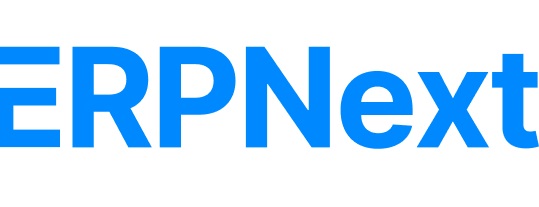
The ERP For Small & Medium Enterprises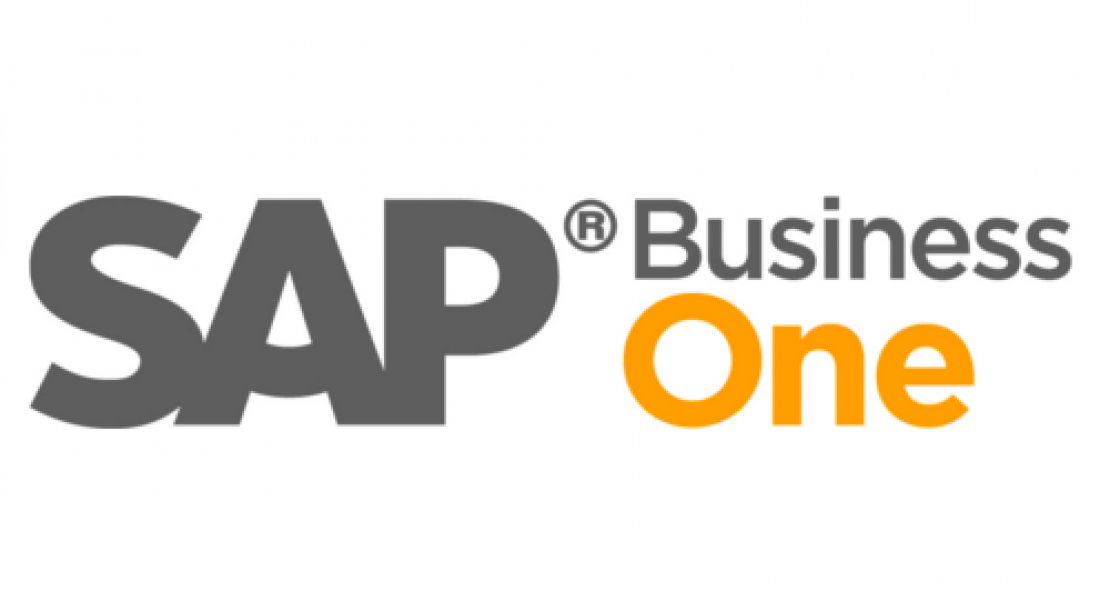
Complete Suite for your Business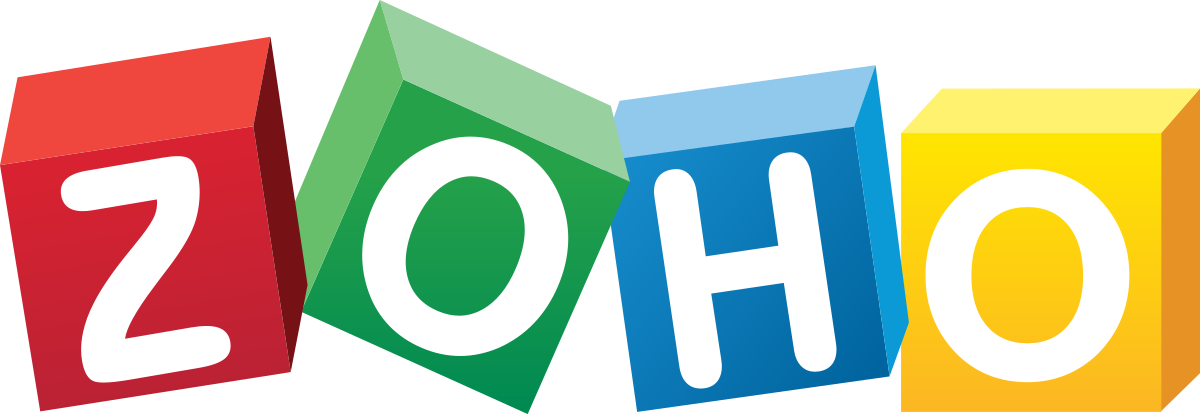
The Customized ERP